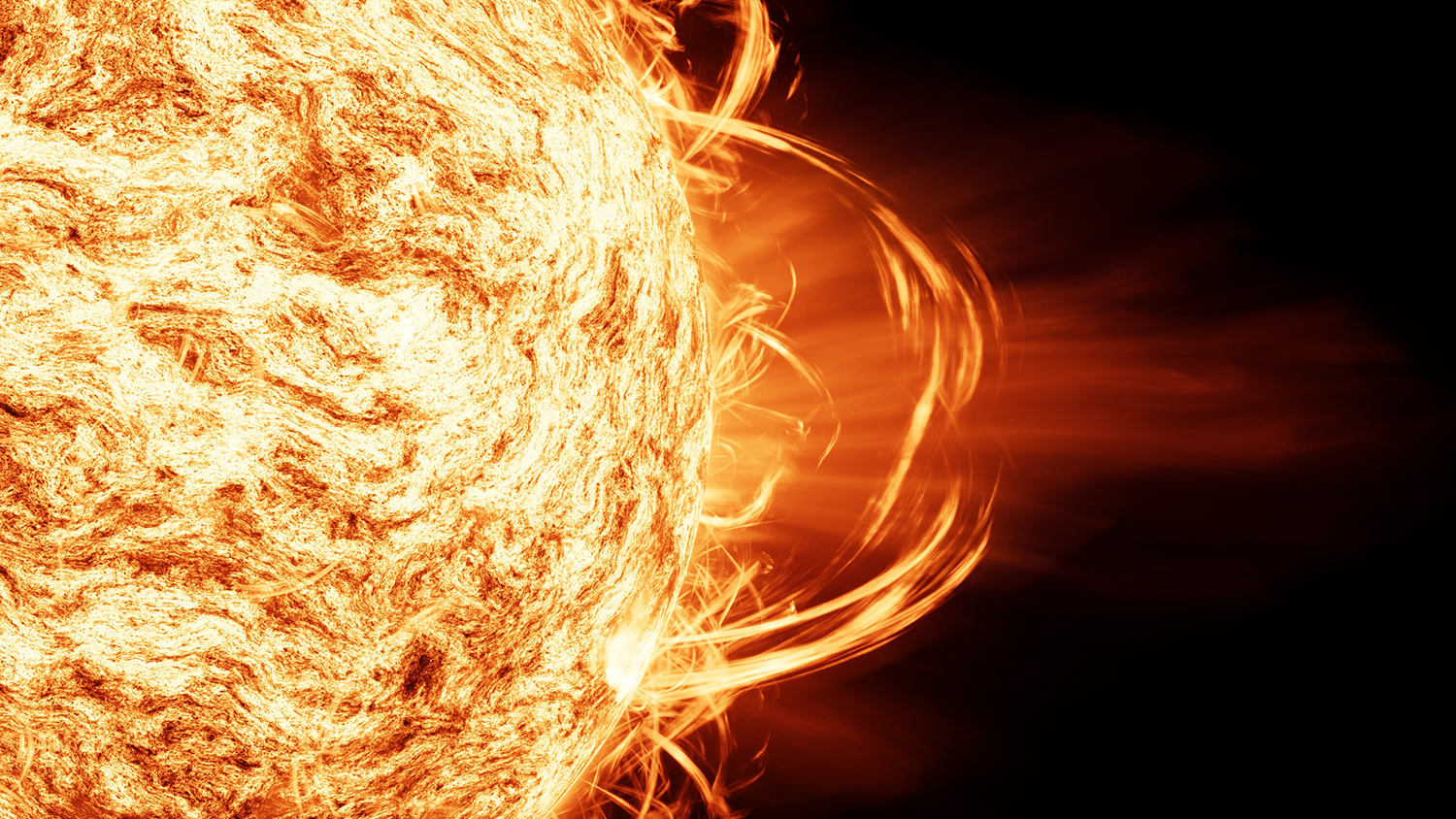[This article was written using information obtained from an AEM presentation entitled “Lesser-known hazards of Tamaki Makaurau Auckland” during the first annual Community Civil Defence and Emergency Management Forum held 29 March 2025.]
When most of us think about disasters in Aotearoa, the big threats come to mind—tsunamis, volcanic eruptions, and pandemics. And while it’s essential to prepare for those, Auckland Emergency Management has highlighted a range of lesser-known hazards that can also cause serious disruption—some of which we’ve already felt close to home here in Papakura.
If we want to be truly prepared, we need to widen our understanding of what disasters can look like. Let’s take a closer look at the ones flying under the radar.
1. Biosecurity Threats: Not Just a Rural Issue
You might’ve heard of the Oriental or Queensland Fruit Flies showing up in Tāmaki Makaurau in recent years. Or the ongoing battle with Kauri Dieback. These aren’t just issues for farmers or forest walkers—they’re threats to our local economy, our environment, and even our food supply.
🛠 What you can do: Know the signs. If MPI sets up trapping zones or movement restrictions—follow them. And keep talking to your whānau about why this stuff matters.
2. Lifeline Utility Disruptions: Power, Water, Fuel—Gone
Remember the 2017 pipeline rupture that delayed flights across the country? Or Auckland’s power crisis in 1998? Infrastructure can and does fail. These events can cut off everything from hot showers to communication lines.
📦 Be ready with: An emergency kit (including solar phone chargers), a grab bag, and a household plan. Check on your neighbours—especially our kaumatua or those living alone.
3. Cyber Attacks: A Silent, Digital Disaster
We might not hear sirens for this one, but the effects are real. When the NZ Stock Exchange was knocked offline or Waikato DHB was hit with ransomware, people couldn’t access health records, bank, or even communicate easily.
💡 Your role: Back up key files, know how to stay informed without the internet, and have a grab bag with offline info—like printed contact lists or maps.
4. Urban Fires: An Old but Ongoing Risk
From the 1873 Queen Street Fire to the NZICC blaze, urban fires can erupt fast and force evacuations across whole blocks. As development increases around Papakura and Takanini, especially with more infill housing, this risk grows.
🔥 Tip: Keep an updated household plan that includes evacuation routes and make sure your smoke alarms are working. Know your nearest Community Emergency Hub.
5. Civil Unrest and Terrorism: Rare, But Real
Aotearoa has a peaceful image, but events like the Queen St Riots and the Rainbow Warrior bombing are reminders of the social unrest and geopolitical issues that can erupt locally.
👂 Be alert, not alarmed: Follow instructions from NZ Police. Know where your whānau is, and don’t spread misinformation online.
6. Droughts and Water Shortages: Not Just a Farming Problem
Papakura has already faced pressure on water infrastructure. A few dry months—and we’re on restrictions. Imagine that paired with a wildfire threat or a contaminated supply.
💧 Actions you can take: Install water tanks, especially if you have a garden. Consider joining or supporting local food resilience projects like mara kai or vertical gardens in small spaces.
7. Mass Transport Incidents: Ferry Fires to Train Derailments
Whether it’s a stranded Britomart train or a Waiheke ferry blaze, transport disasters can trap thousands of people—often with little warning.
🚍 Heads up: Carry a grab bag on longer commutes. Think through alternative routes home. And have a plan if you can’t get back to your tamariki or pets.
8. Hazardous Substance Events: Industrial Risks Are Real
From chemical leaks in Parnell to scrap yard fires, toxic hazards are a part of modern urban life. With industrial sites nearby, Papakura isn’t immune.
☣️ Get prepared: Know what to do if you need to shelter-in-place. Keep masks in your grab bag and follow official alerts.
9. Space Weather: Solar Storms Affecting Earth
While it might sound like science fiction, activity on the Sun’s surface—known as space weather—can have real consequences here on Earth. Solar flares and coronal mass ejections can disrupt power grids, GPS systems, and radio communications. For instance, in May 2024, a significant solar storm led Transpower to declare a grid emergency in New Zealand, taking precautionary measures to protect the national grid.
🛰 Stay informed: Keep abreast of space weather forecasts, especially during periods of high solar activity. The National Emergency Management Agency (NEMA) has developed a National Space Weather Response Plan to coordinate responses to such events.
We’re Stronger When We Know More
Our strength as a community lies not just in our people, but in our preparedness. As we’ve heard time and again through CRN workshops, the key is community: checking on each other, sharing knowledge, and working together—before a disaster strikes.
Start by making your own household plan, then take it one step further: talk to your neighbours, get to know your local Community Emergency Hub, and help us spread the word.
Let’s not wait until the next big one to realise just how much the little-known threats can shake us too.
📌 Check out hazard info at: Auckland Emergency Management’s website
🧰 Start a plan: GetReady.govt.nz
🌱 Connect with CRN: nspapakura.co.nz/papakura-resilience




0 Comments